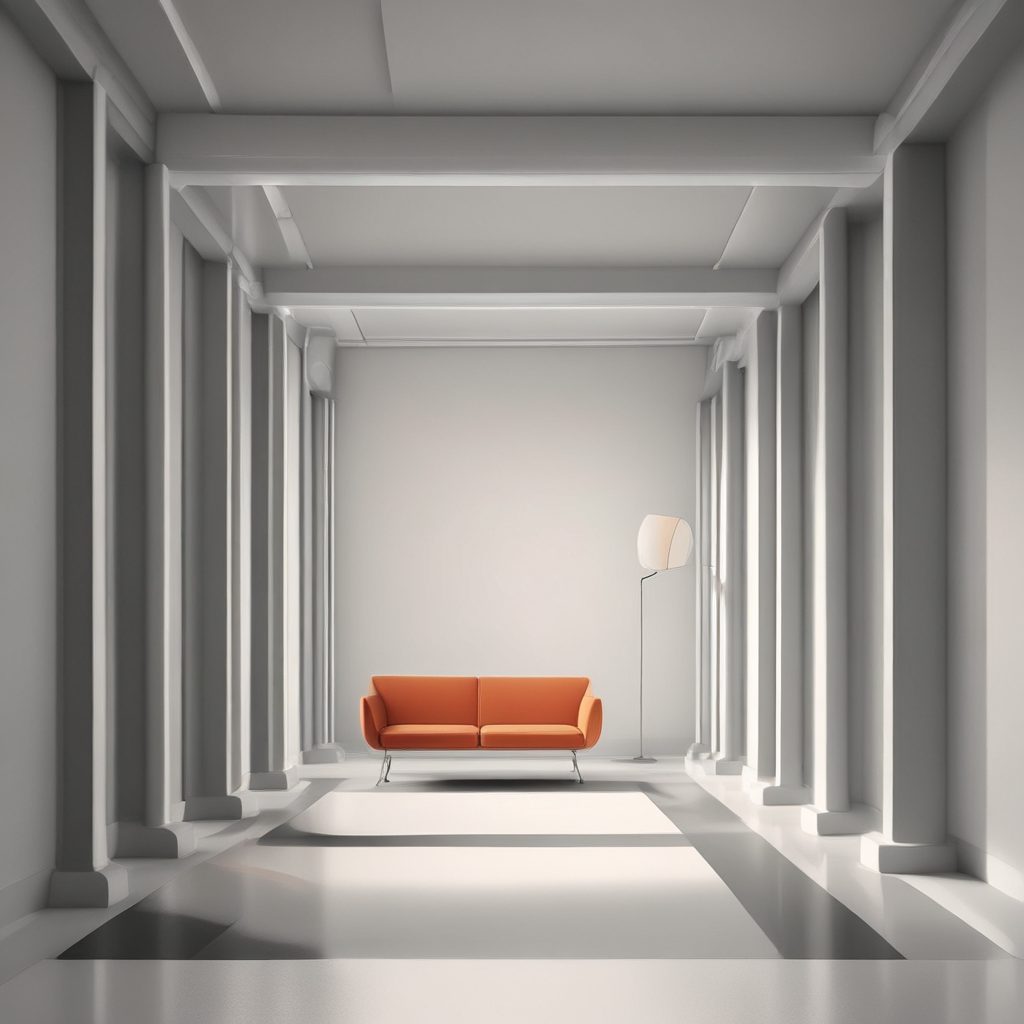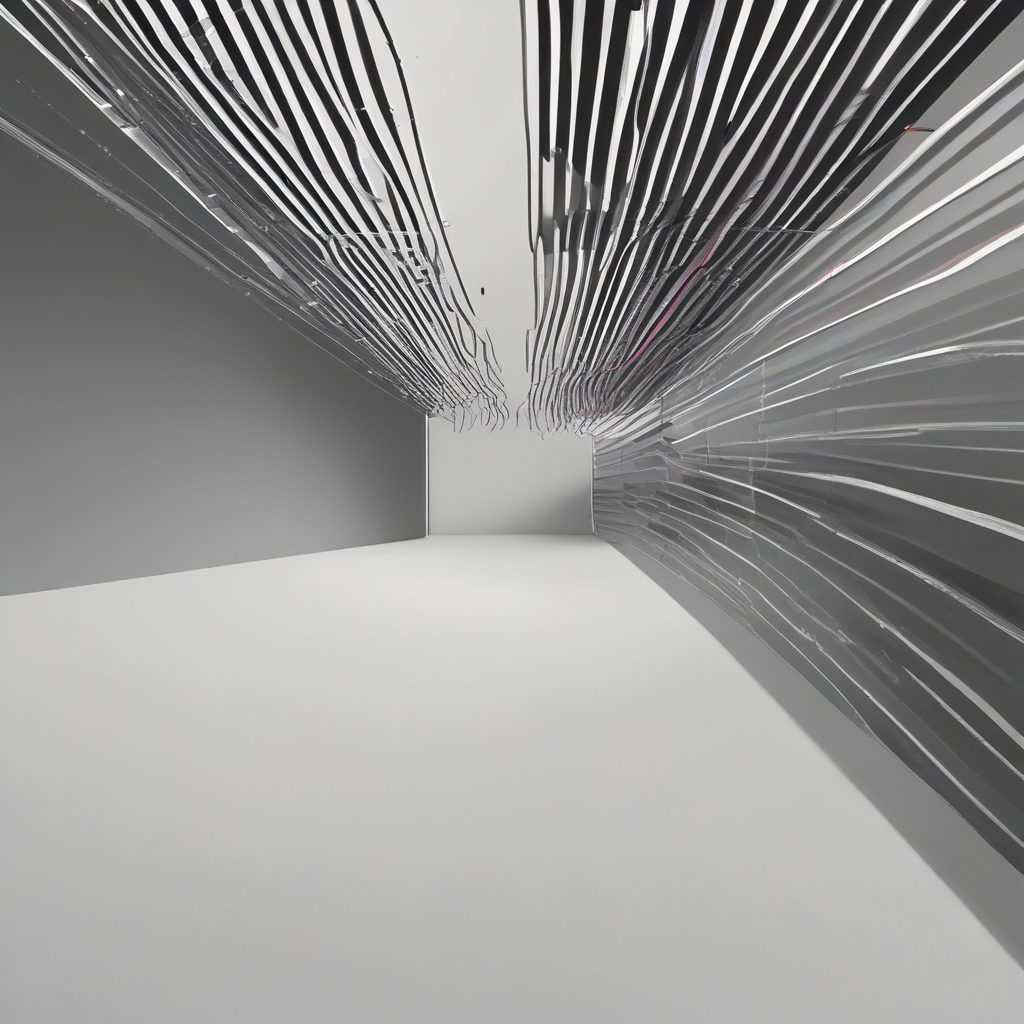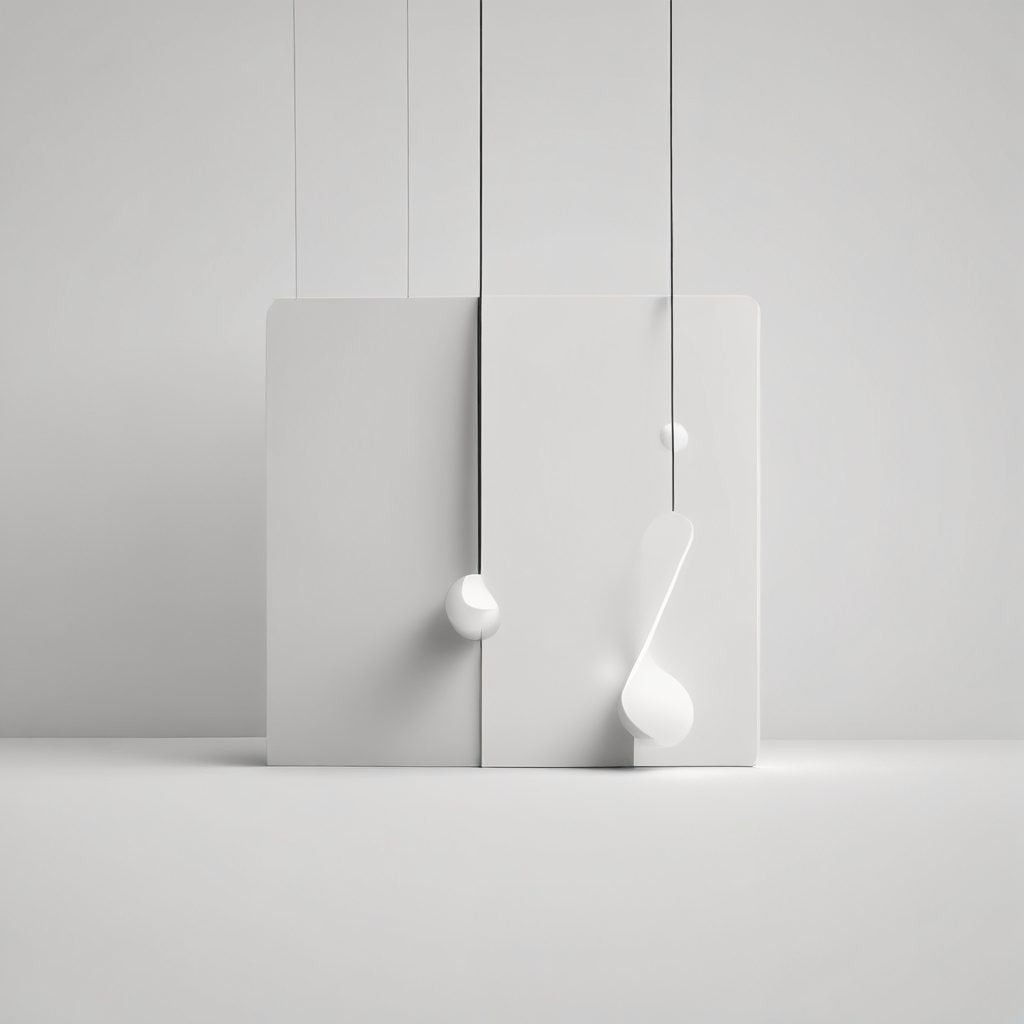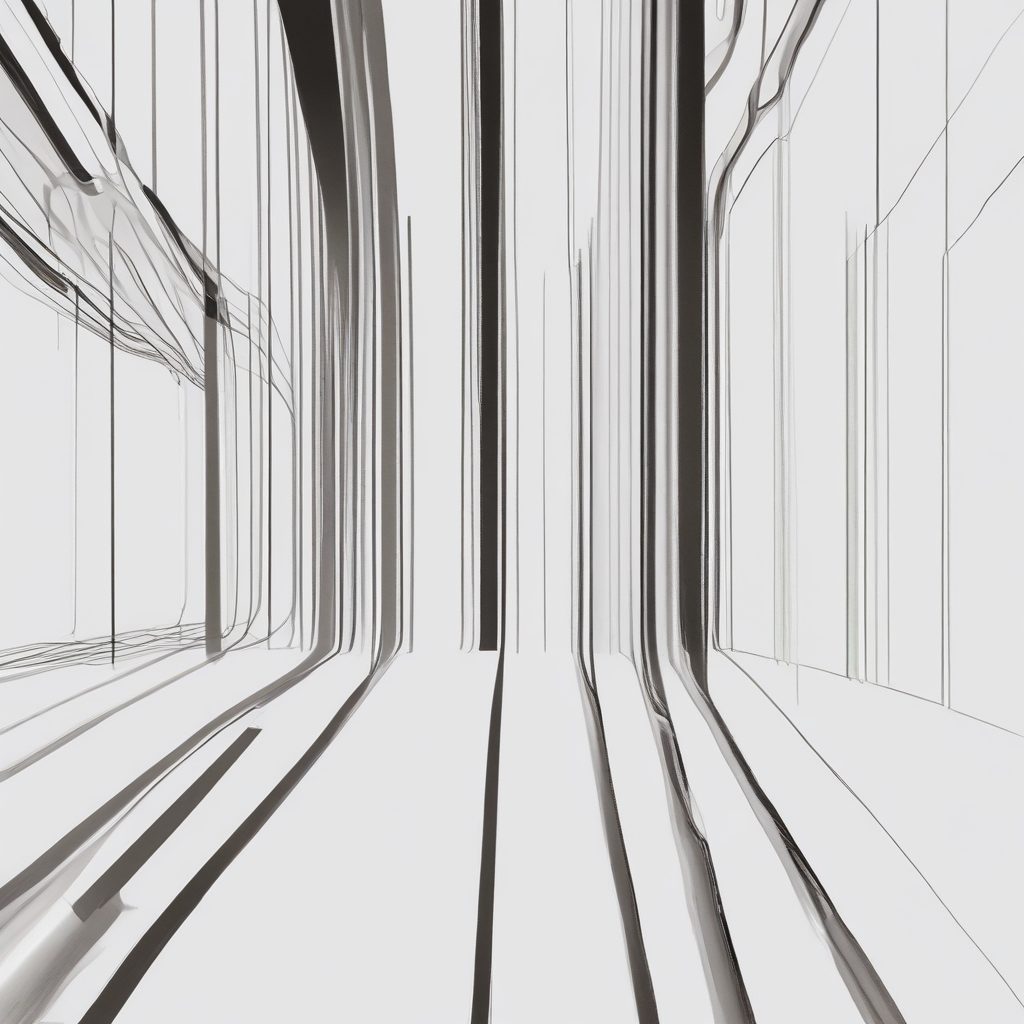





 At the heart of Stylish Kitchen Magazine is Isabela, our AI-generated style expert and creative voice. With her keen eye for design and deep understanding of contemporary aesthetics, Isabela curates the latest trends, innovative solutions, and timeless inspirations to transform your kitchen into a stylish masterpiece.
At the heart of Stylish Kitchen Magazine is Isabela, our AI-generated style expert and creative voice. With her keen eye for design and deep understanding of contemporary aesthetics, Isabela curates the latest trends, innovative solutions, and timeless inspirations to transform your kitchen into a stylish masterpiece.
<script async src="https://pagead2.googlesyndication.com/pagead/js/adsbygoogle.js?client=ca-pub-6478712516197858"
crossorigin="anonymous"></script>
<!-- Square ad -->
<ins class="adsbygoogle"
style="display:block"
data-ad-client="ca-pub-6478712516197858"
data-ad-slot="7925712192"
data-ad-format="auto"
data-full-width-responsive="true"></ins>
<script>
(adsbygoogle = window.adsbygoogle || []).push({});
</script>2025 aesthetic aesthetics cabinetry challenges classic white kitchens clever storage clutter-free environment countertop depth Designs durable farmhouse sinks flooring options functional lighting high-end materials high-quality materials Ideas innovation innovative use of space Kitchen kitchen color trends kitchen design lighting lighting solutions maintenance multifunctional appliances multifunctional furniture natural stone countertops neutral color palettes open shelving personalization rustic design shaker-style cabinets small kitchens smart appliances smart kitchen appliances stainless steel appliances storage solutions storage space subway tile backsplashes sustainability timeless trends traditional design white cabinets
